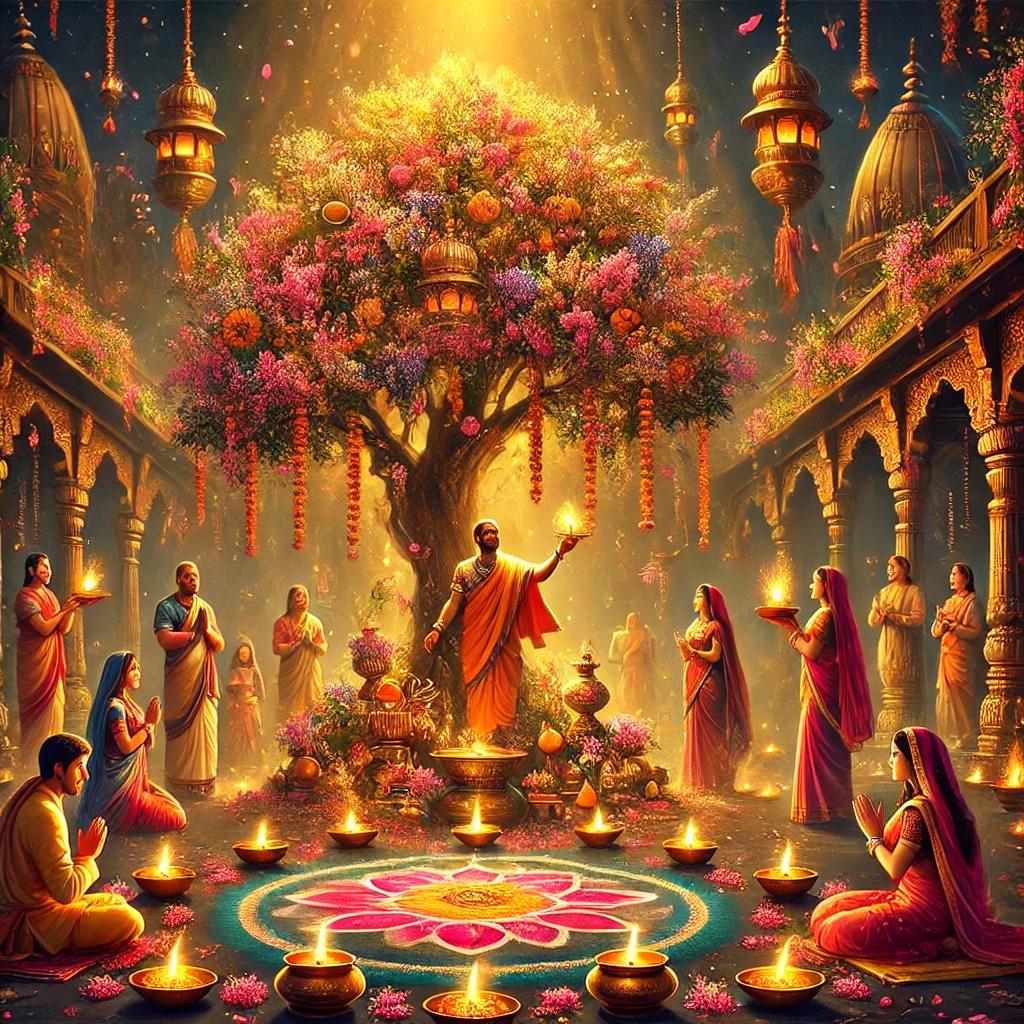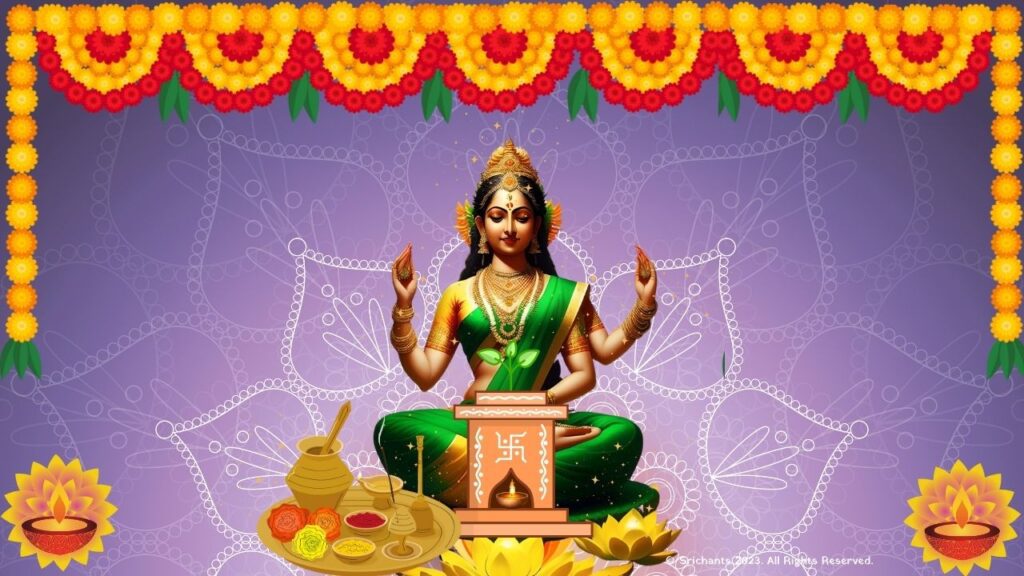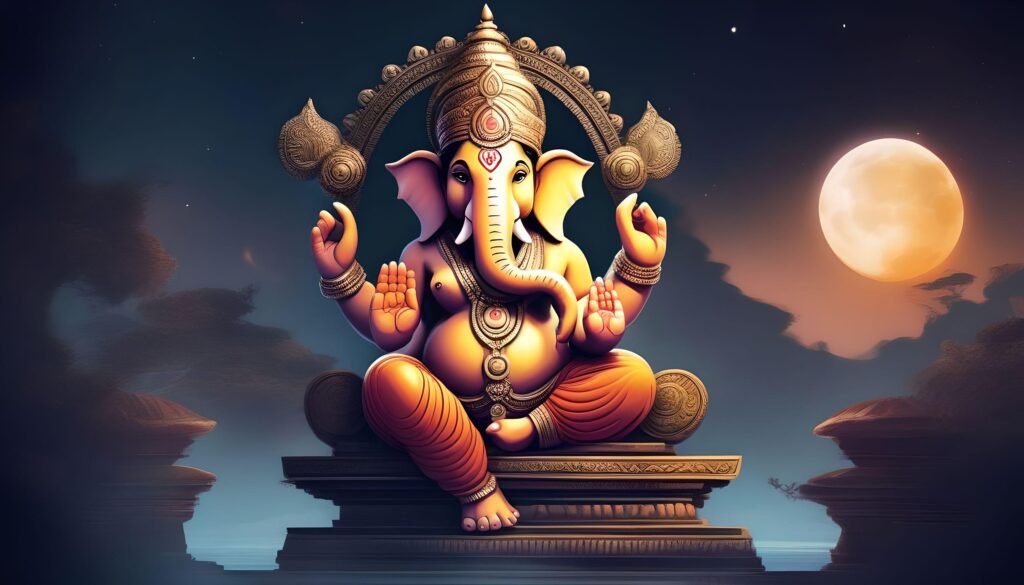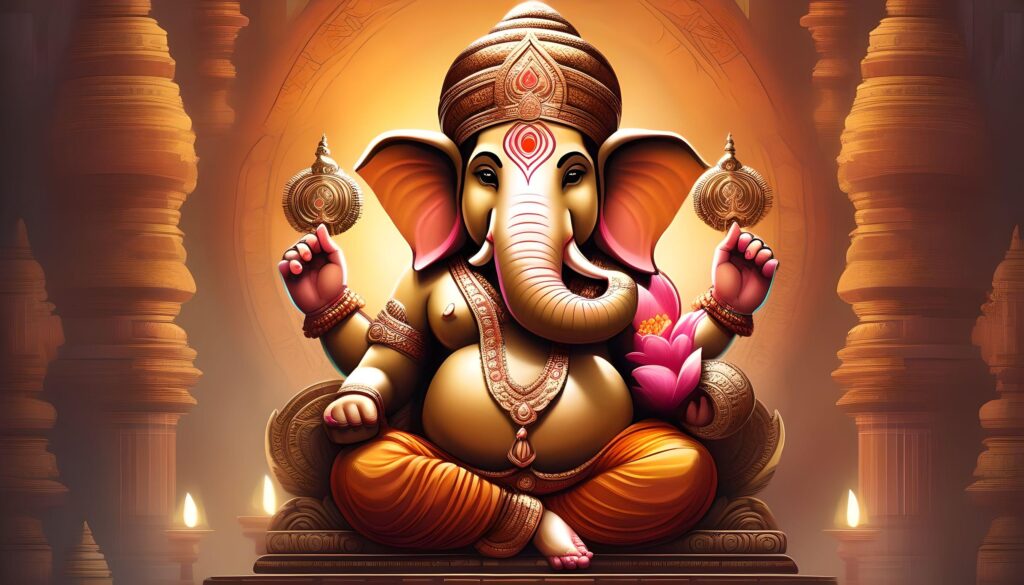Amalaki Ekadashi
Introduction
Rich in customs and observances, Hinduism is a religion whose most spiritually inspiring activity is Ekadashi fasting. Of the 24 Ekadashis noted in a year, Amalaki Ekadashi is quite important. Dedicated to Lord Vishnu and the venerated Amla (Indian Gooseberry), thought to be the celestial residence of Vishnu personally, this holy day
Seeing Amalaki Ekadishi is supposed to bring health, wealth, and atonement (Moksha). On this day, followers seek divine benefits by means of fasting, meditation, and ceremonies. In many areas of India, this Ekadashi also heralds the start of the Holi celebrations, therefore signifying the beginning of happiness and loyalty.
Every devotee should definitely read this article on the relevance, customs, spiritual gains, and legends connected with Amalaki Ekadashi.
The Spiritual Significance of Amalaki Ekadashi
- Purification of Mind and Soul – Observing fast on this day is believed to cleanse negative karma and help one attain Moksha.
- Worship of Lord Vishnu – This Ekadashi is dedicated to Lord Vishnu, who is the preserver of the universe.
- Divine Presence in Amla Tree – The Amla tree is considered sacred, as it is believed to house the presence of Vishnu.
- Health and Well-Being – Amla is known for its medicinal benefits, making this Ekadashi significant for health as well.
- Auspiciousness and Prosperity – Worshipping the Amla tree and Vishnu on this day is believed to bring wealth and fortune.
Legends Associated with Amalaki Ekadashi
1. The Legend of King Chitrasena
According to a well-known myth, a good monarch called Chitrasena once watched Amalaki Ekadashi with great dedication. He came upon demons while hunting in a jungle. But celestial troops showed up and saved him since the divine virtue gained by celebrating this holy day. This narrative emphasizes the shielding gifts of Vishnu for his followers.
2. The Divine Presence of Lord Vishnu in Amla Tree
Hindu texts hold that Lord Vishnu resides inside the Amla tree personally. Devotees honoring this tree on Amalaki Ekadashi get divine blessings from Vishnu. Many people round the tree to present prayers, water, and flowers.
Rituals of Amalaki Ekadashi
Devotees of Amalaki Ekadashi follow a series of highly committed rites to obtain the complete spiritual advantages:
1. Fasting
- Starting at sunrise, fasting lasts until the next day, or dwadashi.
- While some followers eat simply fruits and milk, others follow a Nirjala Vrat (fasting without water).
- You really must avoid grains, legumes, non-vegetarian cuisine.
2. Worship of the Amla Tree
- Early waking devotees perform a sacred wash.
- Offering water, sandalwood, flowers, and incense, one honors the Amla tree.
- It is thought that walking around the tree cleans past misdeeds and generates luck.
3. Lord Vishnu Puja
- Either at home or close to the Amla tree, an idol or portrait of Lord Vishnu is kept.
- Devotees present to Vishnu tulsi leaves, yellow blossoms, and sweets.
- Singing Vishnu mantras like “Om Namo Bhagavate Vasudevaya” increases spiritual gains.
4. Charity and Donations
- Considered lucky are food, clothing, and money donations to the less fortunate.
- Brahmins will appreciate Amla fruit, jaggery, and ghee.
Health and Ayurvedic Benefits of Amla
Amla is a powerful superfood in Ayurveda, and its presence in Amalaki Ekadashi rituals has profound significance:
- Boosts Immunity – Amla is rich in Vitamin C, helping to strengthen immunity.
- Enhances Digestion – It aids in digestion and detoxifies the body.
- Promotes Skin and Hair Health – Amla is widely used in Ayurvedic oils and skincare products.
- Regulates Blood Sugar – It helps in controlling diabetes and improves metabolism.
Thus, including Amla in daily life not only has spiritual benefits but also promotes overall well-being.
Amalaki Ekadashi and its Connection to Holi
In some regions of India, Amalaki Ekadashi marks the beginning of Holi festivities.
- People come around Amla trees to rejoice by singing devotional tunes.
- The celebration marks the triumph of good against bad.
- It’s also the time natural Holi colors are made from herbs and flowers.
Foods to Eat and Avoid on Amalaki Ekadashi
Allowed Foods:
- Fruits (Amla, banana, apple, pomegranate)
- Dairy products (milk, ghee, paneer)
- Nuts and dry fruits (almonds, raisins, cashews)
- Sabudana (Tapioca pearls) dishes
- Herbal teas and coconut water
Foods to Avoid:
- Grains like rice and wheat
- Pulses and legumes
- Onion and garlic
- Spicy and fried foods
- Non-vegetarian food
Mantras and Bhajans for Amalaki Ekadashi
Chanting the following mantras enhances spiritual well-being:
- Om Namo Bhagavate Vasudevaya
- Vishnu Sahasranama
- Govinda Damodara Stotra
Devotional bhajans dedicated to Lord Vishnu and the Amla tree are also sung on this day.

Conclusion
Amalaki Ekadashi celebrates devotion, purity, and divine blessings rather than only a day for fasting. Seeing this Ekadashi honestly provides luck, good health, and spiritual uplifting power. Offering Lord Vishnu and the Amla tree helps one to have a closer relationship with the holy.
Amalaki Ekadashi’s customs deftly mix faith, wellness, and environmental respect. Whether you engage in pujas or follow a rigorous fast, this lucky day allows you to match spiritual energy.
Let us welcome the holy core of Amalaki Ekadashi and discover its transforming ability in our life.
Jai Shri Vishnu!








